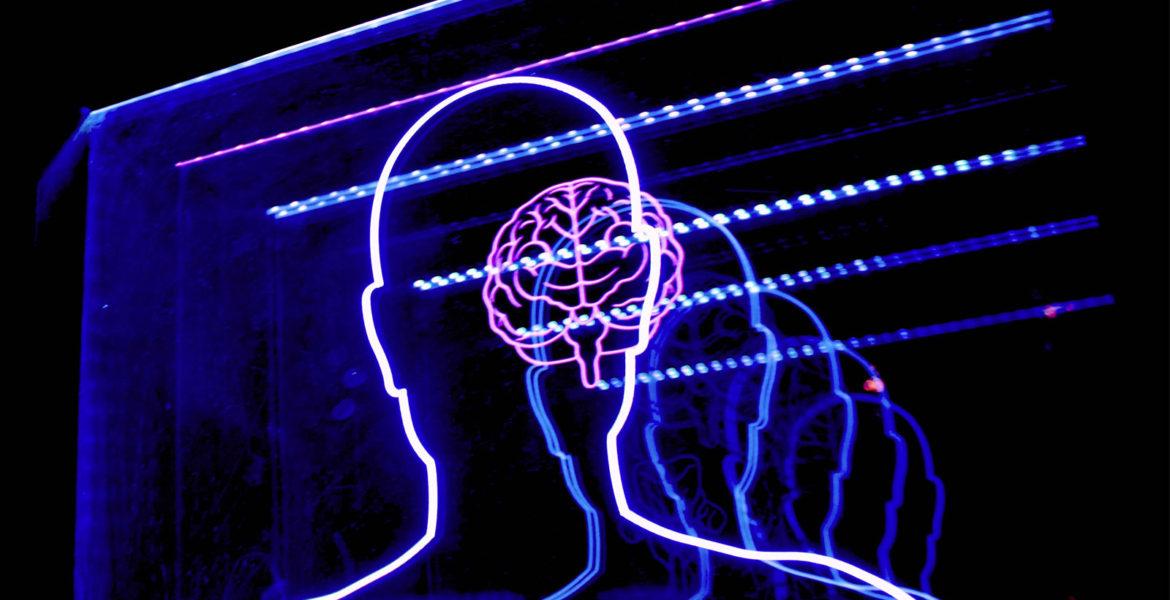By Shingy. Digital Prophet
 “Once in a lifetime” was a cliche, a phrase badminton-ed around by overzealous ad copywriters and multi-level marketing schemes. In March 2020, cliche became reality, and for the first time we hoped that “once in a lifetime” would only ever actually mean “once.”
“Once in a lifetime” was a cliche, a phrase badminton-ed around by overzealous ad copywriters and multi-level marketing schemes. In March 2020, cliche became reality, and for the first time we hoped that “once in a lifetime” would only ever actually mean “once.”
The world took a unified, forced pause. We all did as well.
We were cruising down the highway when our collective car stopped, without warning. No “service required” lights, mostly full tank, and yet, nothing. We checked the rearview, wondering if we had run over — or missed — something. We became acutely aware of the beauty there was in our forward progress; we wondered how we might continue our journey.
It’s the curious nature of humanity, when these x-in-a-lifetime events arise, to look downwards and backwards, at our dashboards, in our rearview mirrors. But eventually, we realize we must look through the windshield and, once again, beyond the hood and to the horizon. We realize we need to figure out where we’re headed, not where we’ve been.
You’ll excuse me the analogy: we all get it because we’ve all experienced it, together. But now what? What have we learnt? What new habits have we adopted that will stay with us? Some of the answers are simple ideas; others are much bigger changes of consciousness that will take time, consideration and focus.
Exiting my little bubble and re-entering the grand forum of NYC, I see the streets have changed. Some beloved businesses have closed, some are in pause mode, waiting it out, and some brave new facades have even opened amid the tumult. I am reminded of the innumerable tech trends that have popped up, sustained themselves or perished amid all the other x-in-a-lifetime events we, the economy and society have been through.
I am struck by one of the unlikeliest fixtures of our cyberpunk present and future, an unexpected constant through the change: the humble QR code. The QR code has now been with us for over two decades, and though it’s seen dappled patterns of adoption worldwide, finally seems to be settling into a habit in the US. Compared to Asia, this is a decade late — another interesting consequence of a tech lifecycle that leapfrogged the more-stationary-desktop for the much-more-mobile-mobile in personal, social, and professional spheres.
I remember 2012: having a QR code connected to an about.me site, business cards with an NFC chip. Sounded like techno-connected bliss, but really no one cared. Few had devices with NFC readers. But today, the humble QR code has become a priceless tool for effective, reliable connection. Why? And how?
It’s a curious time to consider the QR code: a year ago, no one would have predicted the novel importance of “contactless” interactions. Our digital bubble has been popped — we’re back to thinking about the physical world. Another unexpected consequence of the last year, which has forced digital marketers to consider things in reverse, starting with the offline reality and working backwards towards the digital: How is my brand performing (or not) with all the physical and even digital materials I produce that rely mostly on visual interaction? Those TV commercials and print ads and direct-mail and in-store signage and merchandise — any contact point where promotion happens? QR codes can provide unique data from these touchpoints: engagement, location, time of day, clicks, content.
A rarely recognized characteristic of the QR is their ability to be physically permanent while digitally dynamic. Printed once, a QR can lead to limitless links over its lifetime: the first time they are scanned might be for a registration process. After that, the same code can link to endless destinations useful to the brand and the consumer. The second scan can hook into a referral program, or an instructional video, or a personalized offer, or even straight to social media interactions or reviews. It sounds commonsensical, but it’s incredible how many “dead” — or dormant — QR codes are floating out there. Time-based activations are an overlooked gem of interaction: an offer in the morning can be different in the evening with all using the same printed code.
I am struck by one of the unlikeliest fixtures of our cyberpunk present and future, an unexpected constant through the change: the humble QR code.
To employ another cliche: seen one, seen ‘em all. In the case of QR codes, it’s a good thing. In the barrage of information shown to you each day, what do you remember? A web address, an email, a phone number, promo code or social handle? Probably not, marketers are overloading our visual marketplace with forgettable digital artifacts. Now close your eyes: you can picture a QR code. You can probably remember where and why you scanned it. You were also probably surprised with the efficacy. No connection problems like Bluetooth. Frankly, they just work.
Take it a step further: the code itself can be intentionally designed as an extension of your brand. Colors, messages, icons, patterns or logo can all be incorporated or vice versa (Flowcode is the best by far). The dynamic elements of a living, breathing code, complimenting the brand and a part of its visual iconography. It can be round, a circle, any polygon you can think of. If people are going to scan a code, you can make the experience complimentary or defining for your brand.
Will scanning QR be a habit people in the US will adopt? All the evidence is proving so. Flowcode’s recent data shows 73% of consumers in the U.S. had scanned a code in the past 30 days. We’re behind the rest of the first world, correlative with how behind we are in adopting cashless payments. It’s still clunky and availability at retailers feels sporadic and inconsistent. But there is progress: Visa, Mastercard, even Paypal are making moves towards more QR availability.
The habitual behavior that goes along with scanning codes is here to stay. You should take advantage of it.

